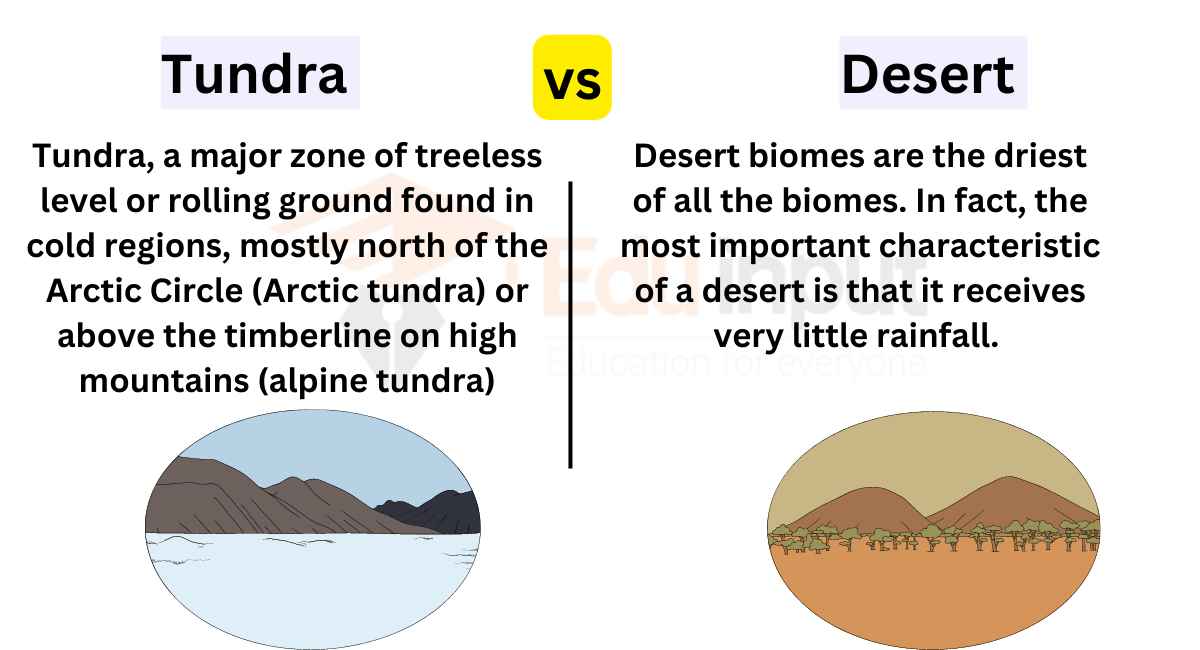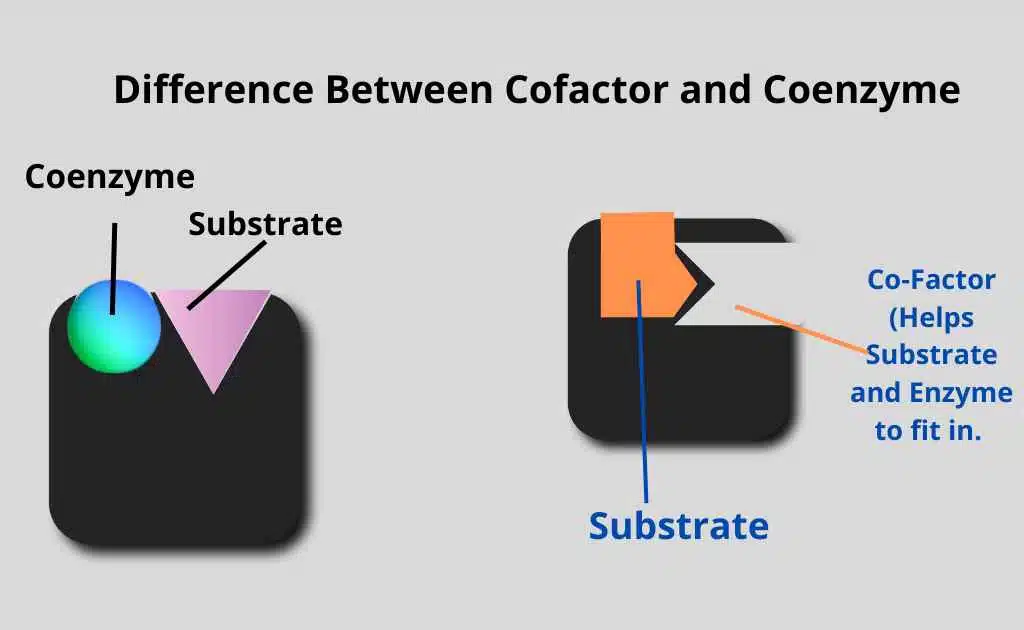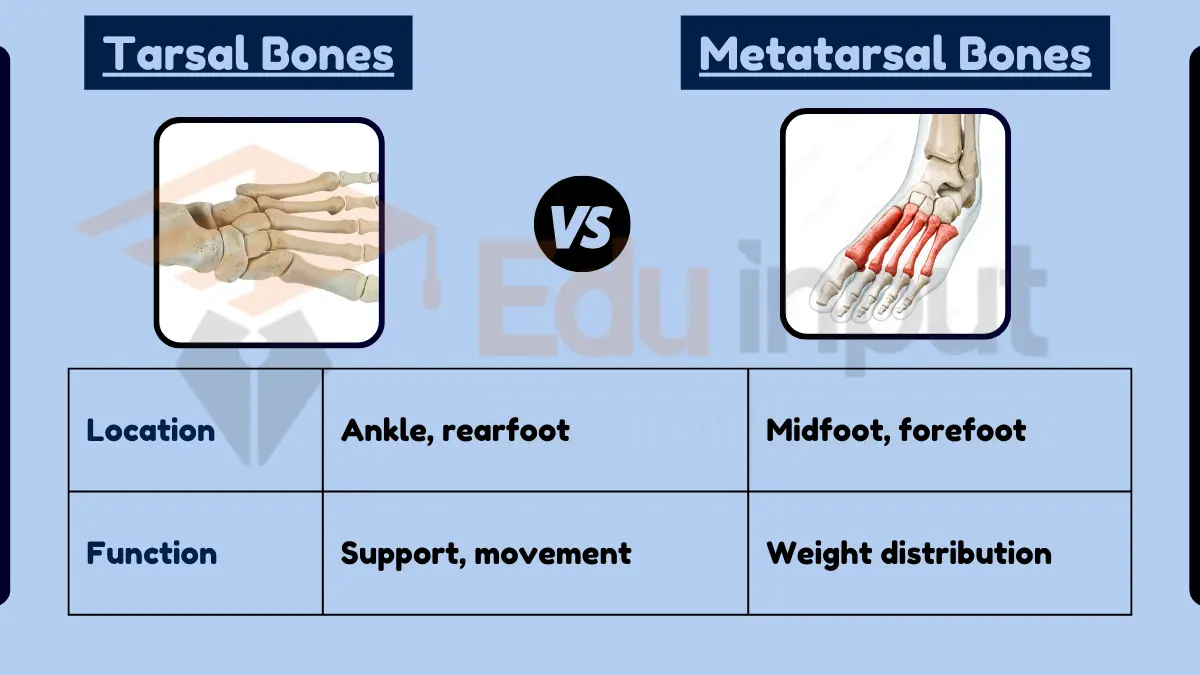Difference Between Nervous System Of Hydra And Planarian
The diffuse nervous system is the most primitive of all the nervous systems. The nerve cells are distributed throughout the organisms in a diffuse system. Large nerve cells are not found in these systems, like in the brain, but there may be small concentrations of neurons.
There are many diffuse systems in cnidarians such as hydroids, jellyfish, sea anemones, corals, and comb jellies. There are long and coordinated responses to the simplest stimuli that the primitive nervous systems of these organisms can provide. An example of this would be the movement of the sea anemone
Nervous System Of A Planarian
The Planarian is more advanced than Hydra. It has a basic form of a brain and a more organized nervous system. This lets it do more complex actions and respond in better ways.
What does the Planarian’s brain look like?
Planarians have two ganglia (nerve cell clusters) in their head, which act like a small brain. These ganglia process signals and control the body’s movements and reactions. It’s like a simple control center or manager that helps the body know what to do.
How do Planarian eyespots help it?
Planarians have small dark spots on their head called eyespots. These don’t see images like our eyes but can detect light and dark. If there is too much light, the Planarian moves to a darker place to stay safe.
What is the structure of its nerves?
The Planarian has two long nerve cords running down its body. These cords are connected by smaller nerves, making a ladder-like shape. This lets signals move quickly from one part of the body to another. It’s like having two main highways with lots of small roads in between.
What other sense organs does it have?
Besides eyespots, Planarians also have chemoreceptors near their head. These help them smell or sense chemicals in the water, especially food. It’s almost like having a simple nose and ears together!
Nervous System Of Hydra
The nervous system of a Hydra is very simple. It does not have a brain or a spinal cord. Instead, Hydra uses a nerve net, which is the most basic form of a nervous system found in animals.
So, what is a nerve net?
A nerve net is a network of tiny nerve cells (neurons) spread across Hydra’s body. These cells are not organized into a central brain. Instead, they work together to send and receive signals across the entire body. You can think of it like a school intercom system—everyone hears the message at the same time, and there’s no one person in charge.
What kinds of cells are in the Hydra’s nervous system?
Hydra has two main types of nerve cells:
Sensory cells, which help the Hydra feel things like touch, light, or chemicals in the water.
Ganglion cells, which receive these signals and pass them along to other parts of the body.
Together, these cells make up the Hydra’s nerve net, which lies just under its outer layer.
How does Hydra respond to the world without a brain?
Even though it has no brain, Hydra can still respond to things around it. For example, if you touch a Hydra, it might bend or pull back. These are simple reflexes, controlled by its nerve net.
Why doesn’t Hydra have eyes or ears?
Hydra doesn’t have special sense organs like humans do. But some of its nerve cells are more sensitive to certain things, like light or chemicals. This helps the Hydra survive by letting it detect food or danger.
Difference Between The Nervous System Of Hydra And Planarian
Comparison of Hydra and Planarian Nervous Systems
Now let’s look at the nervous system of Hydra vs. Planarian. They are very different, even though both are small and simple animals.
Brain vs. Nerve Net
Planaria has a mini-brain made of two ganglia. It can control its body better. Hydra has no brain—just a net of nerves that sends signals everywhere.
Types of Nerve Cells
Planaria has different kinds of nerve cells—sensory, associative, and motor neurons. Each one has a job. In Hydra, all nerve cells are mostly the same.
Sense Organs
Planaria has eyespots and chemoreceptors. These help it sense light and smell. Hydra doesn’t have special organs. It just uses nerve cells that feel things.
Nerve Structure
Planaria’s nerves are organized, with two cords and side branches. Hydra’s nerves are in a thin net just below its skin.
Response to Stimuli
Planaria can move away from light or find food using its brain and sense organs. Hydra can only respond to touch or chemicals with simple movements.
| Aspect | Hydra | Planarian |
| Nervous System Type | Diffuse nerve net (basic and spread out) | Centralized system with simple brain-like ganglia |
| Central Control (Brain) | No brain or central control | Two ganglia at the head act like a simple brain |
| Neuron Specialization | Neurons are not specialized; all look and work the same | Neurons are specialized into sensory, motor, and associative types |
| Nerve Structure | Web-like nerve net under the skin | Two long nerve cords with smaller cross-connections (ladder-like) |
| Sense Organs | No true sense organs | Eyespots and chemoreceptors are present |
| Light Detection | Some nerve cells respond to light, but no eyes | Eyespots detect light and help avoid bright areas |
| Chemical Detection | Some nerve cells respond to chemicals | Chemoreceptors near the head detect food or changes in water |
| Nerve Depth | Only one surface-level nerve net just under the skin | Has both deep (internal) and surface-level nerve networks |
| Response to Stimuli | Simple and automatic reflex-like movements | More organized responses; can move toward or away from light or food |
| Coordination of Movement | Movements are basic and not controlled by a central area | Movements are more directed due to nerve cords and ganglia |
Recent Research on Hydra and Planarian Nervous Systems
Recent studies have helped scientists understand how Hydra and Planarian nervous systems are different. In 2023, researchers (Siebert et al.) found that Hydra has a nerve net made up of 11 types of nerve cells. Even though Hydra doesn’t have a brain, its nerve cells can renew and repair themselves, making the system very flexible and regenerative.
In contrast, a 2020 study (Umesono & Agata) showed that Planarians have a more developed nervous system with a simple brain and two nerve cords. Their brain helps them process information and respond in more complex ways. Planarians also have many types of nerve cells and can even regrow parts of their brain.
These studies show that Hydra has a simpler, healing-focused nerve net, while Planarians have a more organized system that supports smarter actions. [1] [2]







Leave a Reply